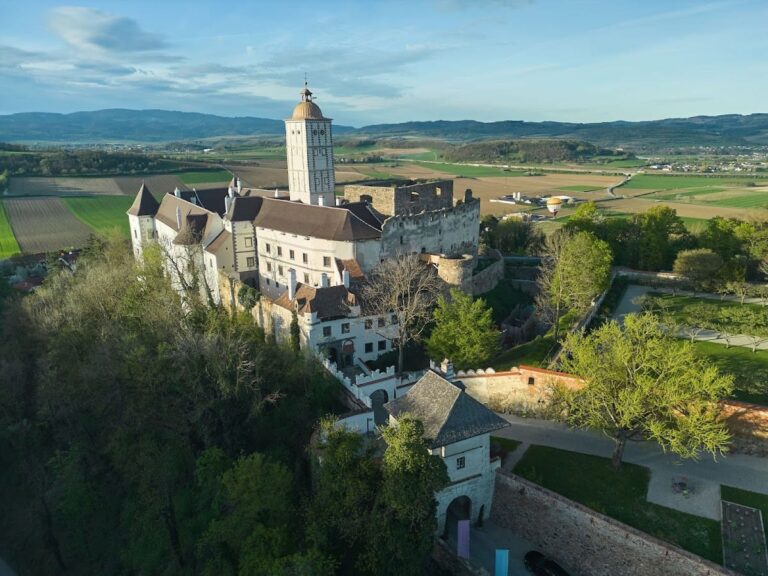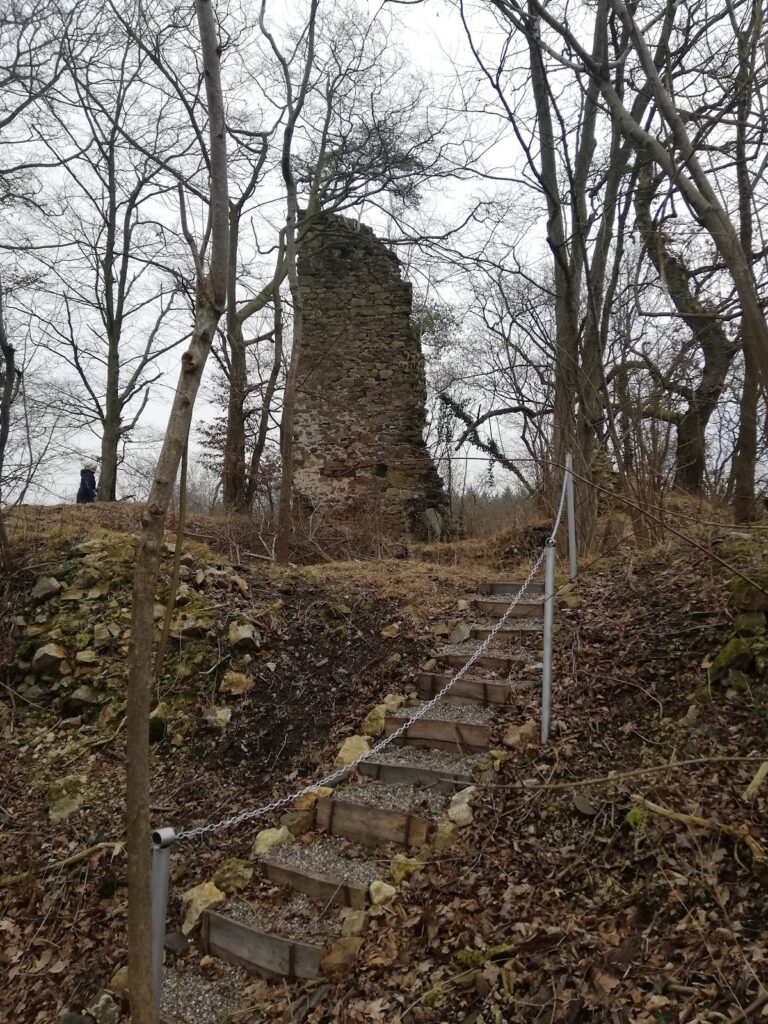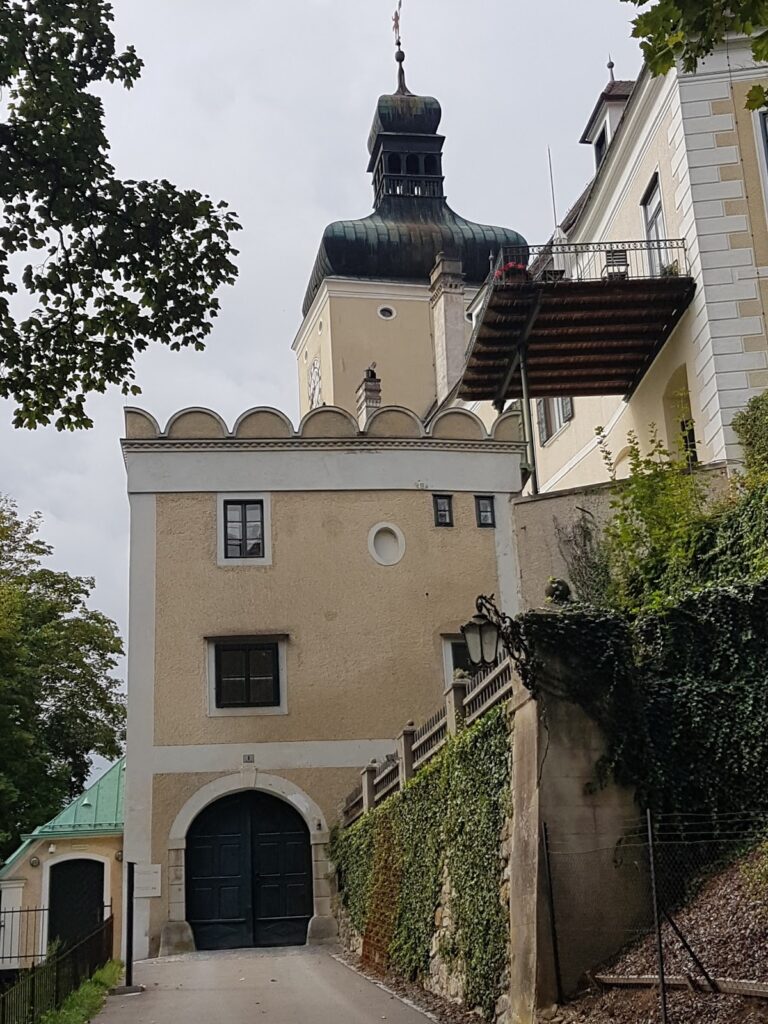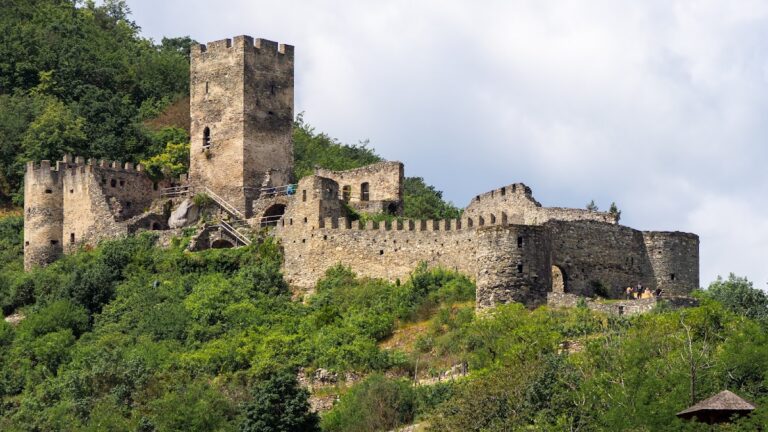Burgruine Zelking: A Medieval Castle Ruin in Austria
Visitor Information
Google Rating: 4.4
Popularity: Very Low
Google Maps: View on Google Maps
Country: Austria
Civilization: Unclassified
Remains: Military
History
Burgruine Zelking is a castle ruin situated on a hillside in the municipality of Zelking-Matzleinsdorf, Austria. It was constructed by medieval builders, though the specific individuals or groups responsible for its founding are not clearly documented.
The earliest known record of the castle dates back to the year 1100, when it is mentioned in connection with a figure named Wernher von Zelking. While Wernher’s precise origins remain uncertain, there is no confirmed link between him and the noble Hagenau family, despite earlier assumptions. The site became the ancestral home of the Zelking family, who held the castle for several centuries. One notable family member was Petrissa von Zelking, who married Henry II of Liechtenstein in the early 14th century.
After the Zelking line ended in 1634, the castle passed to the Polheim family through marriage and later came under the ownership of Andrä Joachim Graf Sinzendorf around 1662. During the Ottoman siege of Vienna in 1683, the fortress still retained enough defensive strength to serve as a refuge for local villagers fleeing advancing Turkish raiders in the western part of Lower Austria.
Following a shift of administrative functions to the nearby settlement of Matzleinsdorf, Burgruine Zelking was gradually abandoned. In 1802, Franziska Gräfin Kinsky, widow of a Sinzendorf count, remarried into the Harrach family. Subsequently, the property belonged to the Counts of Rohrau and later the Galgozy-Galantha family. By the late 19th and early 20th centuries, the castle had fallen into ruin and was no longer used as a residence or stronghold.
Remains
The ruins of Burgruine Zelking primarily consist of masonry structures built between the 12th and 16th centuries. Set on the slope of Hiesberg hill, the remains reveal a medieval castle designed for defense, constructed from stone rather than wood or earthworks.
Among the surviving parts is a large gate featuring a rounded arch, a characteristic architectural element common in medieval fortifications. This substantial entrance would have controlled access to the interior and been an important defensive position. The gate has undergone reconstruction efforts and is well documented through photographs.
Additionally, the ruin preserves several narrow openings known as arrow slits, or Schartenfenster in German. These vertical slits allowed archers to fire arrows at attackers while remaining protected behind the thick walls. Their presence highlights the castle’s military function during periods of conflict, including the Ottoman incursions of the late 17th century.
The overall condition of the site is fragmentary, with much of the structure reduced to ruined walls. Nonetheless, the masonry stands in situ, offering a glimpse into the castle’s historic defensive layout and construction techniques used over several centuries. No inscriptions, mosaics, or decorative elements have been recorded at the site. Photographic records have helped preserve knowledge of its original appearance, particularly regarding the gate’s form.
Together, these elements illustrate Burgruine Zelking as a fortified residence that evolved through the Middle Ages until it ceased functioning as a noble seat and fell into decay.







